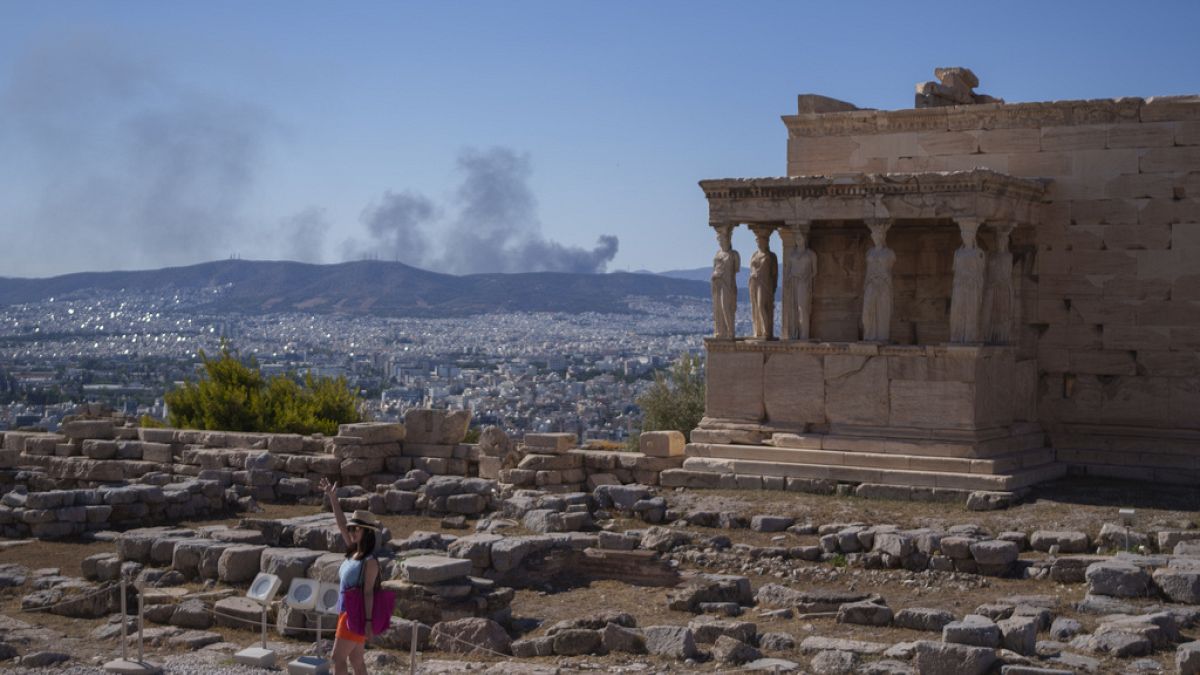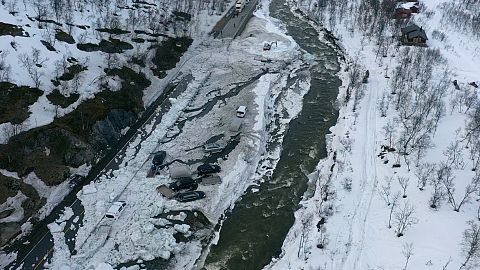Lead released from smelting in ancient Greece is the world’s first toxic pollution, experts say.
Ancient Greece produced the earliest records of democracy, western philosophy - and, it turns out, lead pollution.
Researchers studying sediment cores recovered from mainland Greece and the Aegean Sea have found the oldest known evidence of lead pollution in the environment dating to around 5,200 years ago.
That's 1,200 years older than the previous earliest recorded lead pollution, which was found in a peat bog in Serbia.
'World's first form of industrial pollution'
In antiquity, lead was released into the atmosphere as a byproduct of smelting ore for copper and silver. The toxic metal later condensed as dust and settled onto the soil.
“Silver was used for jewellery, for special objects - but it wasn't found in a pure state, but mined in ore combined with lead,” said Heidelberg University archaeologist Joseph Maran.
He is the co-author of a new study published on Thursday in Communications Earth and Environment.
The site with the earliest signs of lead contamination is located in northeastern Greece, near the island of Thasos. Prior archaeological evidence suggests Thasos was one of the region’s most significant sites for silver mining and metalwork, Maran said.
“Lead released from smelting is the world’s first form of toxic or industrial pollution,” said Yale historian Joseph Manning, who was not involved in the study.
Lead pollution spiked under the Romans
The researchers found that levels of lead contamination remained fairly low and localised in ancient Greece, considered the cradle of European civilisation, throughout the Bronze Age, the Classical period, and the Hellenistic period.
The Classical period is famous for Athenian democracy, Socrates ,and Plato, and the Hellenistic period saw Greek cultural influence peak across the Mediterranean region.
But around 2,150 years ago, the researchers detected “a very strong and abrupt increase" in lead emissions caused by human activities across Greece, said co-author Andreas Koutsodendris at Heidelberg University.
Around that time, in 146 BC, the Roman army conquered the Greek peninsula, transforming the region’s society and economy.
As Roman trade, colonies, and shipping expanded across the Mediterranean and Black Seas, demand for silver coins grew. This required smelting, which released lead, said Koutsodendris.
Later, the Roman Empire used lead for tableware and for construction, including pipes.
Previous research - including an analysis of ice cores from Greenland - had detected high levels of lead across much of the Northern Hemisphere during Roman times.
But the new study adds a more "specific and local picture to how lead levels changed”, said Nathan Chellman, an environmental scientist at the University of Nevada in Reno, who was not involved in the research.















